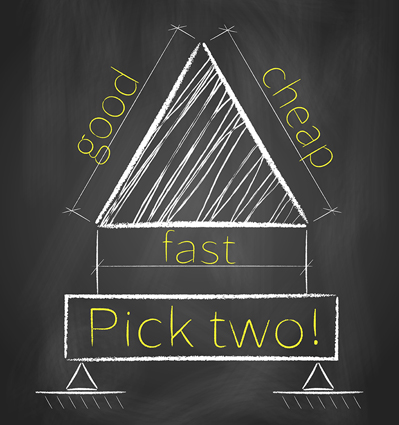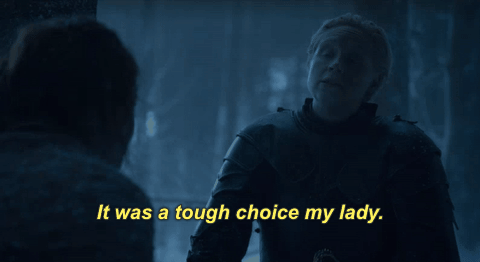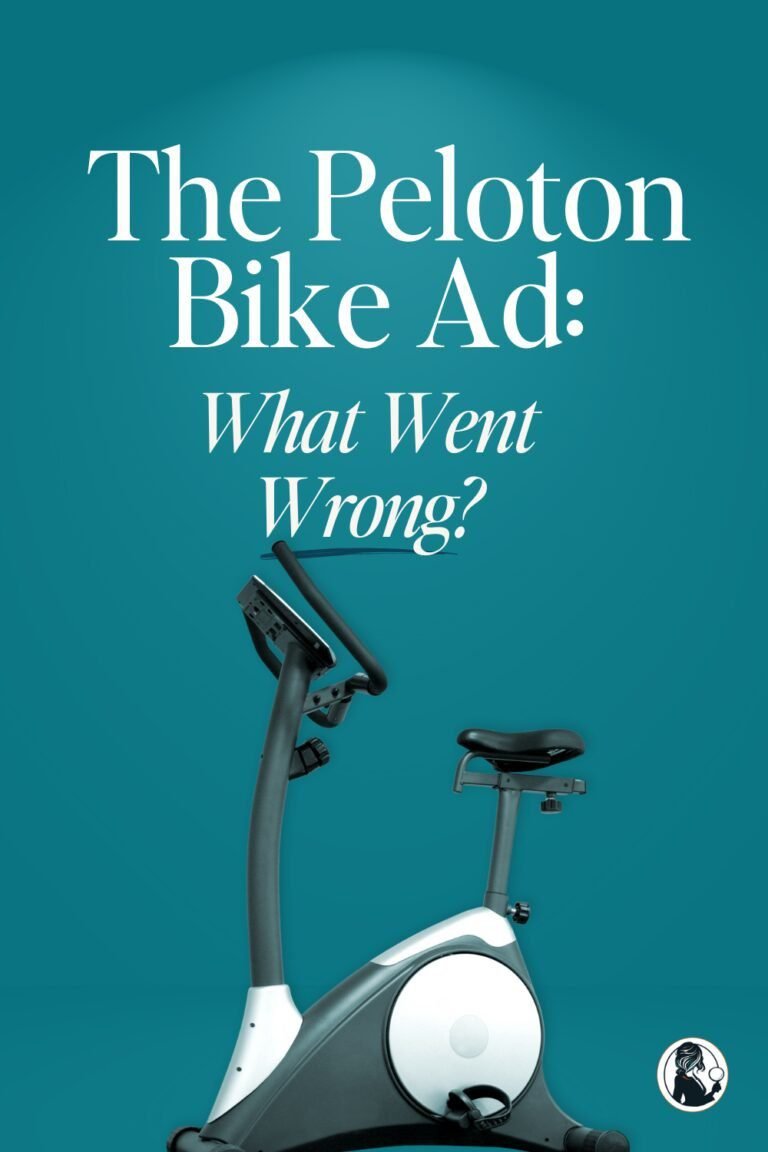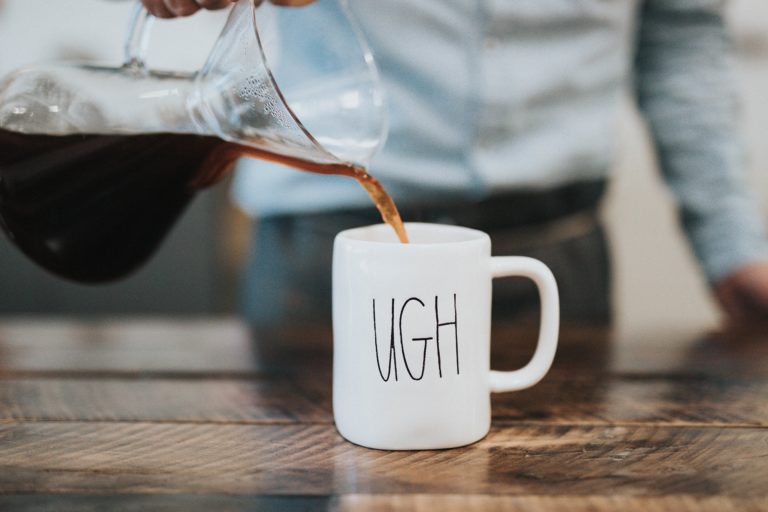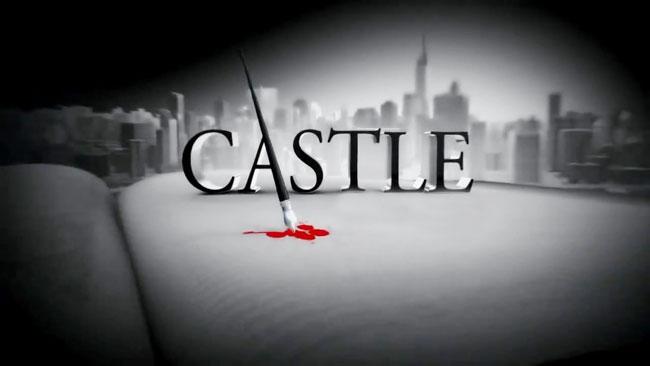What is the Good, Fast, Cheap Triangle?
You’ve heard the phrase: Good, fast or cheap. Pick two. (That’s why you’re here.) This is the motto of the Good, Fast, Cheap triangle (or the Iron Triangle.) But what does it mean, and how does it relate to products, marketing, or customers?
Let’s illustrate the triangle:
Think about the last time you stopped somewhere to grab lunch, bought your last pair of jeans at Target or Macy’s, or paid nearly $5.00+ more for a movie ticket where you can reserve your seats ahead of time. You might not realize it, but your decisions along that purchase route set the “Iron Triangle” —or the Good, Fast, Cheap triangle— in motion.
What is the Good, Fast, Cheap Triangle?
DEFINITION: The core belief behind the Good, Fast, Cheap triangle is that between the three items, in any decision, you can only pick two.
- If you want something fast and good, it won’t come cheap.
- If you want something good and cheap, it won’t come fast.
- And if you want something fast and cheap—well, you get the picture. It won’t be good.
The triangle shows that these elements are linked and interdependent on each other.
Variations on the theme
The Fast, Cheap, Quality triangle has a few variations. Some call this the Iron Triangle. (And no, this has nothing to do with the Iron Throne. (Though this is a game of competition, and who gets to win the day…). It can also be called the fast, cheap, quality triangle. Another variation is the project management triangle: scope, cost, and time. (Not to be confused with the political version of the Iron Triangle, either. I’m pretty sure anything involving Congress would include at least three dozen more indirect points and paths. So we won’t go there.)
Most people haven’t heard of the Good, fast, cheap triangle (however you call it), but you probably exercise its values every single day that you take part in someone else’s business. And understanding where your business sits can help you hone in on your brand position.
How does the Good, Fast, Cheap Triangle work?
The concept is that for any product, you can have two of the three above Good, Fast, or Cheap — but never all three. We want everything. I know. But the truth is that most products can’t live up to that expectation. You’ve heard the phrase that “something’s gotta give,” and that’s true here.
The basics of the Iron Triangle are simple:
- If you want a good and cheap product, it’s probably going to take longer to receive it. For instance, Free Shipping is a good and cheap option. You get it free, and it’s a great service, but it usually means shipping ground. You aren’t going to get your item fast.
- On the flip side, if you want your item fast (and you’ve already bought it because it’s good), you’ll pay more for shipping. So you’re not getting it cheap.
But, what about Amazon?
Yeah, yeah. I know. Amazon Prime Shipping.
Amazon’s model of 2-day shipping had a goal of customer acquisition for their Prime Memberships. In that way, the offering is more of a marketing ploy and benefit than a service meant to provide income. It doesn’t pay for itself. It’s estimated that Amazon loses $ 1 billion a year in Prime-related shipping costs. Not exactly the model you want to employ. Most small business owners can’t afford to lose a billion bucks to prove a point. However, they are in an extremely competitive market, so Amazon did what it needed to beat the good, fast, cheap triangle.
So how exactly does this “Good, Fast, Cheap” triangle work for you, and why should you care?
To understand your brand position, you need to know how your customers and clients use this triangle (even without realizing it) to choose your product — or your competitors.
How Customers Consider Good, Fast and Cheap
To put this into practice, let’s say it’s your lunch break from work, and you want to go out and get something. What questions do you ask yourself?
- How much time do I have? Let’s say you have an hour.
- How good do I need this to be?
- How much money do I have?
First criteria: FAST
That criteria is set. It has to be fast, or you won’t get to eat. You’ve already narrowed the list of choices around you based on what you know about those restaurants.
Now, your next set of criteria. Maybe you had fast food already that week, and the idea of another burger in a bag makes you cringe, so you know you want something a little better and healthier for you.
Second criteria set: Good
(This can also mean healthier, better, etc)
Or perhaps it’s the day before payday, and the dollars in the wallet are looking thin? Then “CHEAP” tops the list.
Within a short span of consideration, you’ve evaluated your options at the moment of purchase based on three factors: Good, Fast, and Cheap. (This is all relative to your preferences.) You’ve self-selected your criteria and once you know that, you narrow the list of options that fit into what matters most to you right then and right there.
You have removed potential restaurants that don’t fit your needs at that moment. And you’re doing it based on the Good, Fast, and Cheap method.
Now, put this decision process anywhere you spend money.
Let’s say you need to buy a new pair of jeans. How long do you have to shop? When do you need them? Do you want/need something specific? Are you looking to get something at a cheaper price?
Consider your buying decisions and what goes through your mind before you make them. Sometimes, those decisions take you to Macy’s. Sometimes, they take you to Walmart. You are self-selecting your options before you walk into a store.
Case Study of How a Restaurant Failed the Good, Fast, Cheap Model
I worked for an event center that had a restaurant/bar along with other activity-based areas. The other activities were successful. But the restaurant floundered. No matter what changes they made, it floundered. When I joined, we refreshed the brand, started new marketing campaigns, and updated the menu and the look and feel of everything in the restaurant. We sent out coupons. We advertised. We connected with local businesses. This building was smack dab in the middle of an industrial business park, which meant potential customers galore – and it was a market that had largely been ignored.
All our new strategies worked. We brought those people in, and for a time, we saw a significant jump in our lunch hour business.
But it started to dwindle. That flow of traffic slowly began to die away. All the things we had done to bring first-time customers (or repeat customers who hadn’t been there in a long time) into the restaurant worked, but we didn’t keep them coming back.
“Why?” you might ask. There are obvious answers, three of them in fact:
- The food/experience wasn’t great.
- It wasn’t fast.
- The cost was too high.
Hmm… Quality. Speed. Cost. Look familiar?
That triangle explains all the reasons why this restaurant could never seem to get off the ground. It wasn’t hitting any of the points of the triangle, much less two of them.
When you look at this triangle, you have to mentally change the phrasing of each item.
- Is your quality better than your competitors?
- Are you faster than your competitors?
- Will customers spend less at your business for the same thing than if they went somewhere else?
For this restaurant, the answer to all three? No.
When you realize that, it’s not shocking that they couldn’t maintain business. People select their options based on what matters most to them in the moment – good, fast, or cheap, and that decision will be based on their experiences or strong word of mouth.
Become known for where you fit in the Good, Fast, Cheap triangle
The restaurant in our case study dwindled on return business because the food was more expensive than most restaurants in the area, the service was not fast enough for a lunch hour rush, and there was nothing special about the experience or food offered. So when nearby customers made their purchase decision, it didn’t rate highly on any point compared to the many, many options of restaurants nearby. Unless it made significant changes to the product and the service, this restaurant was never going to win the lunch contest. They stopped coming back again.
Now…had that restaurant been the only restaurant in thirty miles? Suddenly, it’s a much faster option than any other alternative. And the price becomes up for grabs, as well, given the cost of gas and other factors. All your product features will weigh against the alternatives, and the thrones of good, fast, and cheap are up for grabs.
In your business, it pays to understand your competitors and where they fit into the triangle because it helps you understand how to position yours. What are their selling points? What benefits do they offer? How do they help clients self-select their choices when the time comes?
Be Top of Mind When They Are Ready
Until a client is at that point of decision, everything they’ve heard, read, seen, watched, or ignored will be rattling around in their head. Most often, we’re bombarded by messages that we don’t even realize we’re taking in. The time will come when your customer needs the product or service you are offering. It’s that moment when the brain goes back through the mental filing cabinet and recalls all those things it heard, read, saw, and watched.
- What stands out?
- Where do you fit?
- How did you stack yourself up against the alternatives?
- What do you want your clients to select you for?
This is where understanding your customers becomes key. How well do you know how they will answer those questions? You have to understand what each of these terms means to them. How do they define good? Cheap? Fast? What will matter most to them when? What can you deliver? This knowledge helps you define your positioning and place in the market.
If you’ve built your marketing messages and promises of benefits based on that understanding, based on what they value and what they need, it will all come back into play when they are ready to self-select their options.


